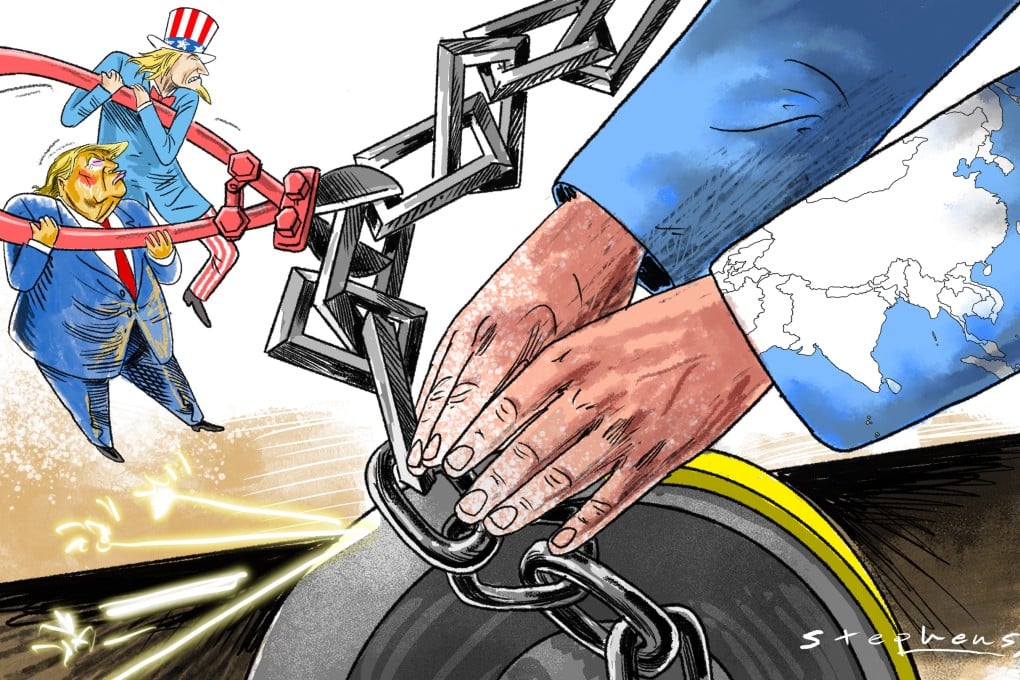Advertisement
Opinion | How Asia can strengthen its trade, manufacturing as Trump returns
Staying ahead will require diversifying in hi-tech sectors, boosting workforce resilience and advancing sustainable supply chains
Reading Time:4 minutes
Why you can trust SCMP

With the prospect of a more isolationist United States under a second Trump administration, Asian economies must pivot to remain at the forefront of global trade and sharpen their tools to not just survive but thrive.
Advertisement
US manufacturing has experienced a decline since the 2008-09 global financial crisis, despite a brief resurgence in productivity and job numbers in recent years. However, revitalising manufacturing is not a straightforward path to job creation. Automation and artificial intelligence will make manufacturing more capital- and technology-intensive and won’t translate into significant job opportunities for lower-skilled workers.
Donald Trump’s intended trickle-down economics approach, characterised by corporate tax cuts and deregulation, aims to stimulate business activity and investment, which allegedly will benefit the middle and lower classes.
However, the reality is that tariffs on overseas goods act as a de facto tax on Americans, contributing to inflation and increasing trade deficits, as seen during Trump’s first presidency. Trade wars can also close off markets to US exports, further harming the economy.
The US manufacturing advantage has diminished. This shift, compounded by rising labour costs and ageing infrastructure in the US, means traditional manufacturing jobs are unlikely to return in significant numbers. Regardless of protectionist policies or economic strategies, furniture will not be made in North Carolina, nor will air-conditioner plants stay in Indiana. Dislocated American workers will come to a rude awakening that they got the shorter end of the stick.
Advertisement
Asia must prepare for the economic-logic-defying policies that arise because of US domestic political forces that got Trump elected. The new administration’s promise to bring back jobs from Asia could lead to major disruptions to existing manufacturing and trade dynamics.

Advertisement
